Cold brew coffee is a delightful way to enjoy your favorite beverage, especially as the weather warms up. If you’re new to this method, you might be wondering how to make cold brew coffee and what sets it apart from traditional drip coffee. Don’t worry—this guide is perfect for beginners and will walk you through everything you need to know to get started.
In this article, we’ll explore the charm of cold brew coffee, including its fascinating history and cultural significance. You’ll also learn about the essential tools and ingredients needed, along with a step-by-step guide to making cold brew at home. Plus, we’ll compare it to drip coffee, highlighting the unique flavors that each method brings to your cup.
So if you’re ready to discover a refreshing and smooth coffee experience, let’s dive in! With just a few simple steps, you can enjoy a delicious glass of cold brew coffee that suits your taste.
- Understand the basics of cold brew coffee and its history.
- Follow our easy step-by-step guide to making cold brew at home.
- Discover the differences between cold brew and drip coffee, and how to choose the right beans.
What is Cold Brew Coffee? Exploring Its Charm
Basics of Cold Brew Coffee
Cold brew coffee is not just another way to enjoy coffee; it’s a whole experience. To put it simply, cold brew is made by steeping coarsely ground coffee beans in cold water for an extended period, usually 12 to 24 hours. This method allows the flavors to extract gently, resulting in a smooth, less acidic beverage compared to traditional drip coffee. If you’ve never tried it, you’re in for a treat!
One of the best parts about cold brew is its versatility. You can enjoy it straight, over ice, or even mixed with milk or sweeteners to create your perfect drink. Plus, once you’ve made a batch, it can be stored in the fridge for up to two weeks, making it a convenient option for those busy days when you need your coffee fix.
- Cold brew is made with coarsely ground coffee beans.
- It requires steeping in cold water for 12 to 24 hours.
- The result is a smooth, less acidic coffee experience.
History and Culture of Cold Brew
The origins of cold brew coffee can be traced back centuries. In fact, the Japanese have been brewing coffee this way for a long time, with their famous “Kyoto-style” cold brew method dating back to the 17th century. This process involves using a drip tower to slowly extract flavors from coffee grounds, showcasing the artistry that goes into crafting each cup.
In more recent years, cold brew has gained immense popularity in Western countries, especially in the United States. It became a go-to drink during the summer months, as many coffee lovers sought refreshing alternatives to hot coffee. The rise of specialty coffee shops has also played a significant role in its popularity, with baristas perfecting the cold brew method and introducing unique flavors and blends.
As more people discover the joy of cold brew, it has woven itself into coffee culture, inspiring home brewers and café enthusiasts alike. The communal experience of enjoying cold brew, whether at a café or during a backyard gathering, fosters connections among coffee lovers.
- Cold brew has historical roots in Japan, dating back to the 17th century.
- The drink gained popularity in the U.S. during summer months.
- Specialty coffee shops have helped elevate cold brew culture.
- Cold brew fosters community and connection among coffee enthusiasts.
How to Make Cold Brew Coffee
Tools and Ingredients Needed
Getting started with cold brew coffee is easier than you might think. First, let’s gather the essential tools and ingredients. You’ll need a few basic items to make this delicious drink at home.
For brewing, you will need a large jar or pitcher to steep your coffee. A fine mesh strainer or a coffee filter will help you separate the grounds from the liquid once the brewing time is up. Don’t forget a grinder if you’re starting with whole beans, as coarsely ground coffee is ideal for cold brewing. Lastly, you’ll need cold or room temperature water, depending on your preference.
As for ingredients, the star of the show is, of course, coffee. Choose high-quality, freshly roasted coffee beans for the best flavor. A good rule of thumb is to use a coffee-to-water ratio of 1:4 or 1:5, depending on how strong you want your brew. Feel free to experiment with different beans to find your perfect blend!
- Large jar or pitcher for steeping
- Fine mesh strainer or coffee filter
- Coarsely ground coffee beans
- Cold or room temperature water
Step-by-Step Guide
Now that you have your tools and ingredients ready, let’s dive into the step-by-step process of making cold brew coffee.
First, combine your coarsely ground coffee and water in the jar or pitcher. Stir gently to ensure all the coffee grounds are saturated. Cover the container and let it steep in the fridge or at room temperature for 12 to 24 hours. The longer it steeps, the richer the flavor will be!
After steeping, it’s time to strain the coffee. Pour the mixture through the fine mesh strainer or coffee filter to separate the grounds from the liquid. You’ll be left with a concentrated cold brew that you can dilute with water or milk, depending on your taste. Serve it over ice and enjoy!

If you’re intrigued by the types of coffee beans that can enhance your cold brew experience, you might find this article on What Are Arabica Beans? Discover How to Choose and Enjoy Coffee Like a Pro! particularly enlightening. It delves into the characteristics of Arabica beans and how selecting the right variety can elevate your coffee enjoyment.
- Combine coffee grounds and water in a jar
- Steep for 12 to 24 hours
- Strain the coffee to separate grounds from liquid
Differences from Drip Coffee
Enjoying the Flavor Differences
When it comes to coffee, the method of preparation can profoundly impact the flavor. Cold brew coffee offers a smooth, mellow taste that many find refreshing, especially during warmer months. In contrast, drip coffee tends to have a bolder, more acidic profile that appeals to those who enjoy a traditional cup. The extraction method used in cold brewing allows the natural sweetness of the coffee to shine, often resulting in a drink that feels less harsh on the palate.
With cold brew, you might notice subtle flavor notes that are often masked in hot brewing methods. This is because the cold water extracts flavors more gently, allowing for a more nuanced drinking experience. For those who appreciate the complexities of different coffee beans, this can be a delightful way to explore various flavors in your cup.
- Cold brew has a smooth, mellow taste.
- Drip coffee has a bolder, more acidic profile.
- Cold brewing highlights the natural sweetness of coffee.
Which One Should You Choose?
Choosing between cold brew and drip coffee often comes down to personal preference and the occasion. If you’re looking for a refreshing drink on a hot day, cold brew is an excellent choice. Its versatility allows you to enjoy it straight, over ice, or with milk and sweeteners, making it perfect for various tastes. Plus, you can batch-brew it ahead of time, ensuring you always have a delicious coffee option ready.
On the other hand, if you’re in the mood for a classic coffee experience, drip coffee might be your go-to. The straightforward brewing process and that familiar aroma can be comforting, especially in the morning. Additionally, if you enjoy experimenting with different brewing techniques, drip coffee offers a wide range of options to explore, from pour-over to French press.
Ultimately, both methods have their unique charm and can coexist in your coffee routine. As you continue your coffee journey, don’t hesitate to switch things up and enjoy the best of both worlds. It’s all about finding what you enjoy most and savoring each cup.

If you found our exploration of cold brew and drip coffee intriguing, you might also enjoy learning more about the various types of coffee available. Check out the article titled Discover the Different Types of Coffee: How Your Cup Can Change! for an in-depth look at how different beans and brewing methods can enhance your coffee experience.
- Cold brew is great for hot days and offers versatility.
- Drip coffee provides a classic and comforting experience.
- Both methods allow for exploration and personal preference in coffee enjoyment.
Choosing Beans for Cold Brew Coffee
Recommended Coffee Beans
When it comes to making cold brew coffee, the beans you choose play a crucial role in the final flavor of your drink. Opting for high-quality coffee beans can elevate your cold brew experience significantly. Generally, medium to dark roast beans are recommended for cold brew, as they provide a rich and smooth taste that complements the cold extraction method.
If you’re looking for specific recommendations, consider trying beans labeled as “cold brew” or blends that emphasize low acidity and bold flavors. Single-origin beans can also be a great choice, allowing you to explore unique flavor profiles from different regions. Just remember to grind your beans coarsely, as this will ensure a balanced extraction and prevent any bitterness in your brew.
- Medium to dark roast beans are ideal for cold brew.
- Look for beans specifically labeled for cold brew.
- Single-origin beans offer unique flavor experiences.
Flavor Changes with Roast Levels
The roast level of your coffee beans can dramatically affect the flavor of your cold brew. Lighter roasts tend to have a brighter, more acidic profile, which might not be as appealing when brewed cold. On the other hand, medium and dark roasts bring out deeper flavors and a smoother mouthfeel, making them perfect for cold brewing.
Experimenting with different roast levels can lead to exciting discoveries. You might find that a darker roast enhances the chocolatey or nutty notes in your cold brew, while a medium roast could highlight fruity or floral undertones. This exploration not only enriches your coffee experience but also allows you to tailor your cold brew to your personal taste preferences.
- Light roasts are brighter but might be too acidic for cold brew.
- Medium and dark roasts offer smooth, rich flavors ideal for cold brewing.
- Trying various roast levels can enhance your cold brew experience.
Summary of Cold Brew Coffee
In this article, we’ve taken a deep dive into the world of cold brew coffee, exploring its unique preparation method, cultural significance, and the delightful flavors it brings. Cold brew coffee stands out not just for its smooth and mellow taste but also for the way it offers a refreshing alternative to traditional drip coffee, especially during warmer months. By steeping coarsely ground coffee in cold water for an extended period, you unlock a treasure trove of flavors that are often overlooked in hot brewing methods.
We also discussed the importance of choosing the right coffee beans, emphasizing that medium to dark roast beans are typically the best choice for cold brewing. Their rich flavors shine through in this process, allowing you to create a balanced and enjoyable beverage. The versatility of cold brew means it can be enjoyed straight, over ice, or even enhanced with milk or sweeteners, making it suitable for various tastes.
Understanding the differences between cold brew and drip coffee can help you find the perfect coffee experience for any occasion. Both methods have their unique charm, and exploring them can lead to delightful discoveries in flavor and preparation. Ultimately, whether you prefer the refreshing taste of cold brew or the classic comfort of drip coffee, each has its place in the coffee lover’s routine.
We hope this guide has inspired you to try making cold brew coffee at home and experiment with different beans and techniques. Remember, the joy of coffee lies in the journey of discovery!
- Cold brew coffee is made by steeping coarsely ground coffee in cold water for 12 to 24 hours.
- Medium to dark roast beans are recommended for a rich flavor profile in cold brew.
- Cold brew offers a refreshing alternative to traditional drip coffee, with less acidity and a smoother taste.
We’d love to hear your thoughts! Have you tried making cold brew coffee at home? What are your favorite beans or methods? Share your experiences in the comments below!



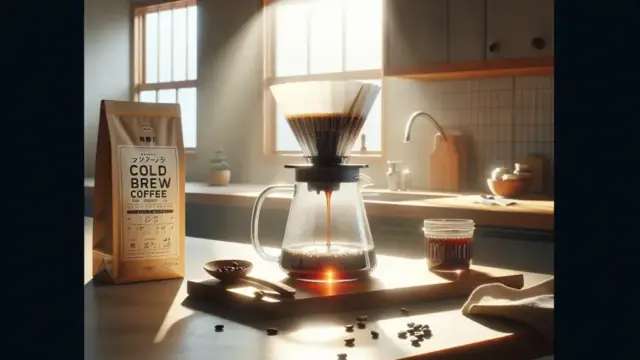

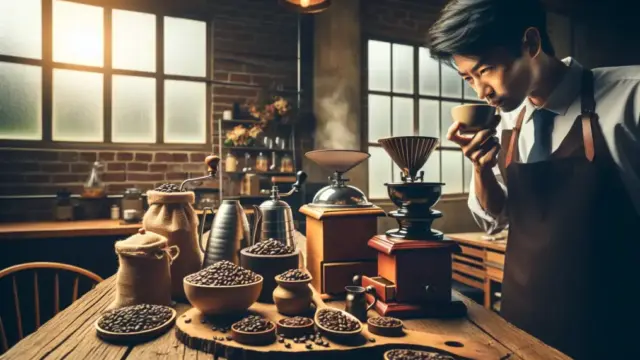


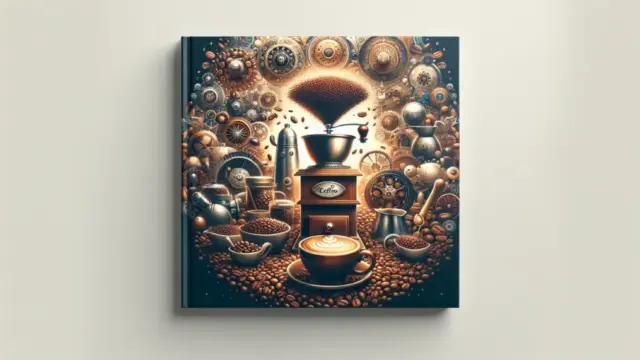



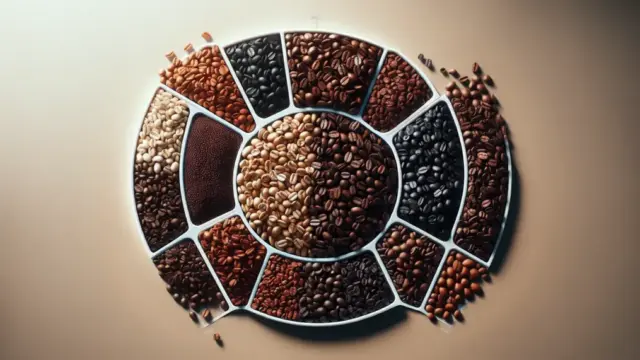

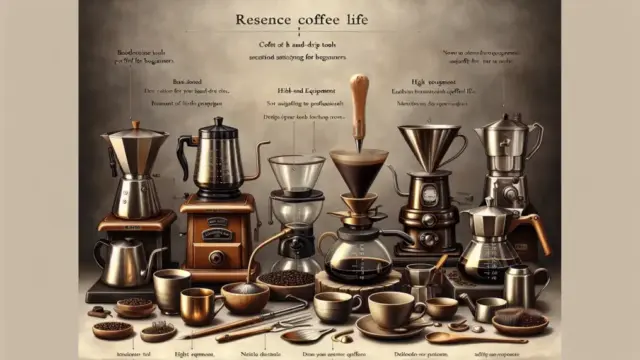
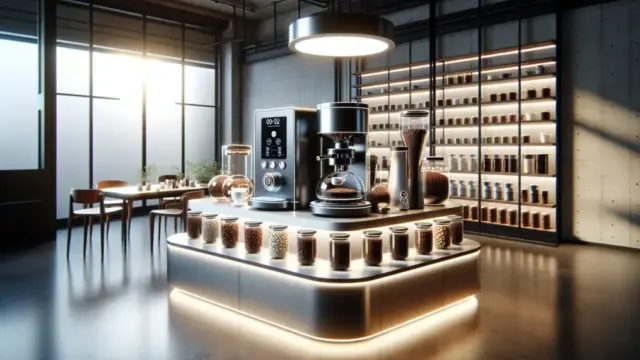








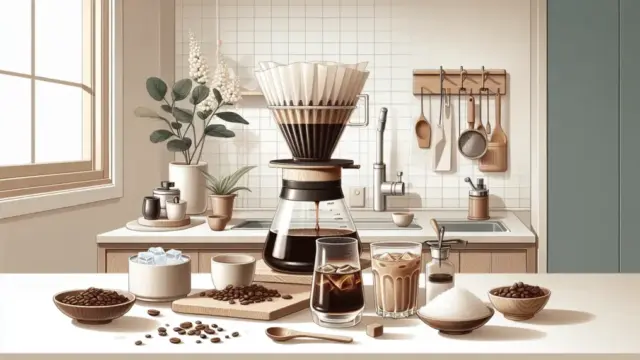

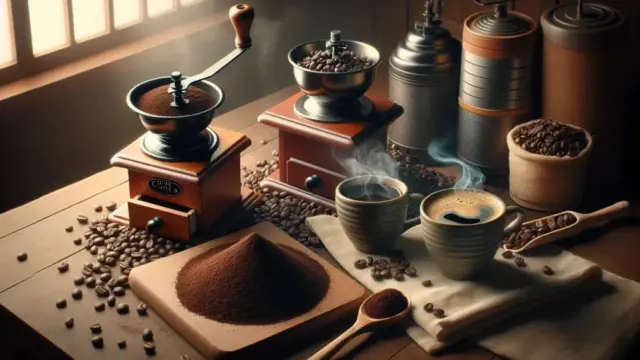

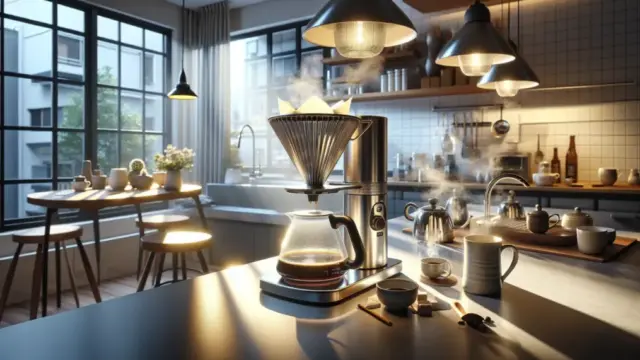

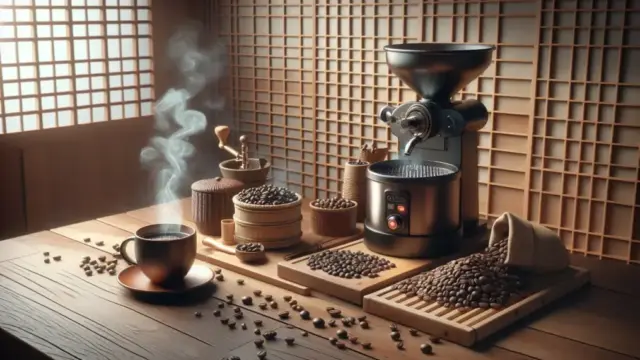












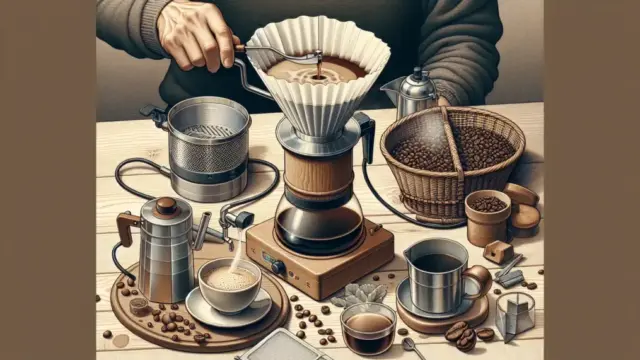




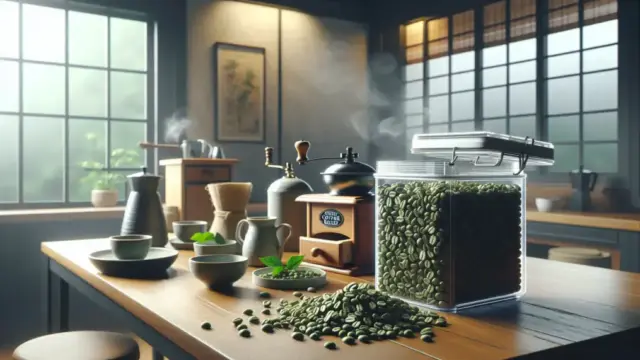












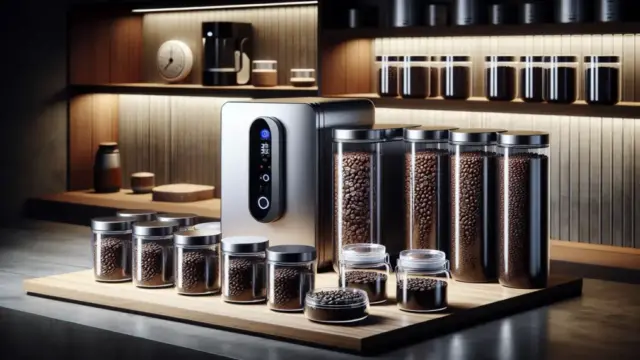











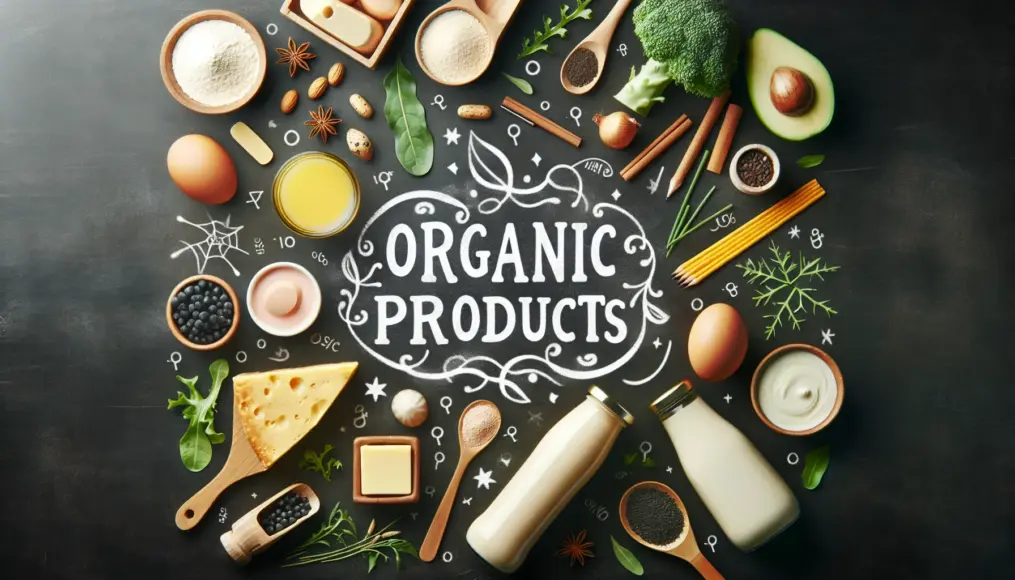
Comment